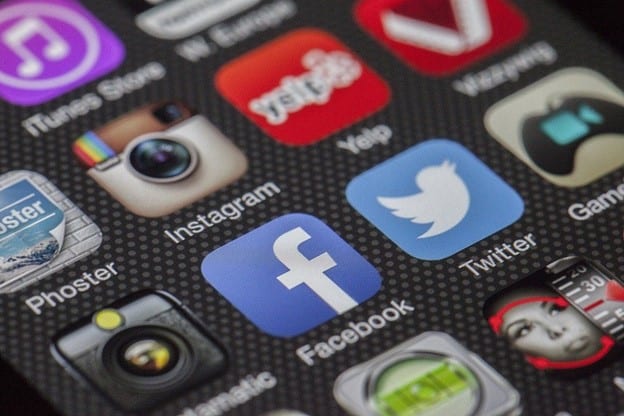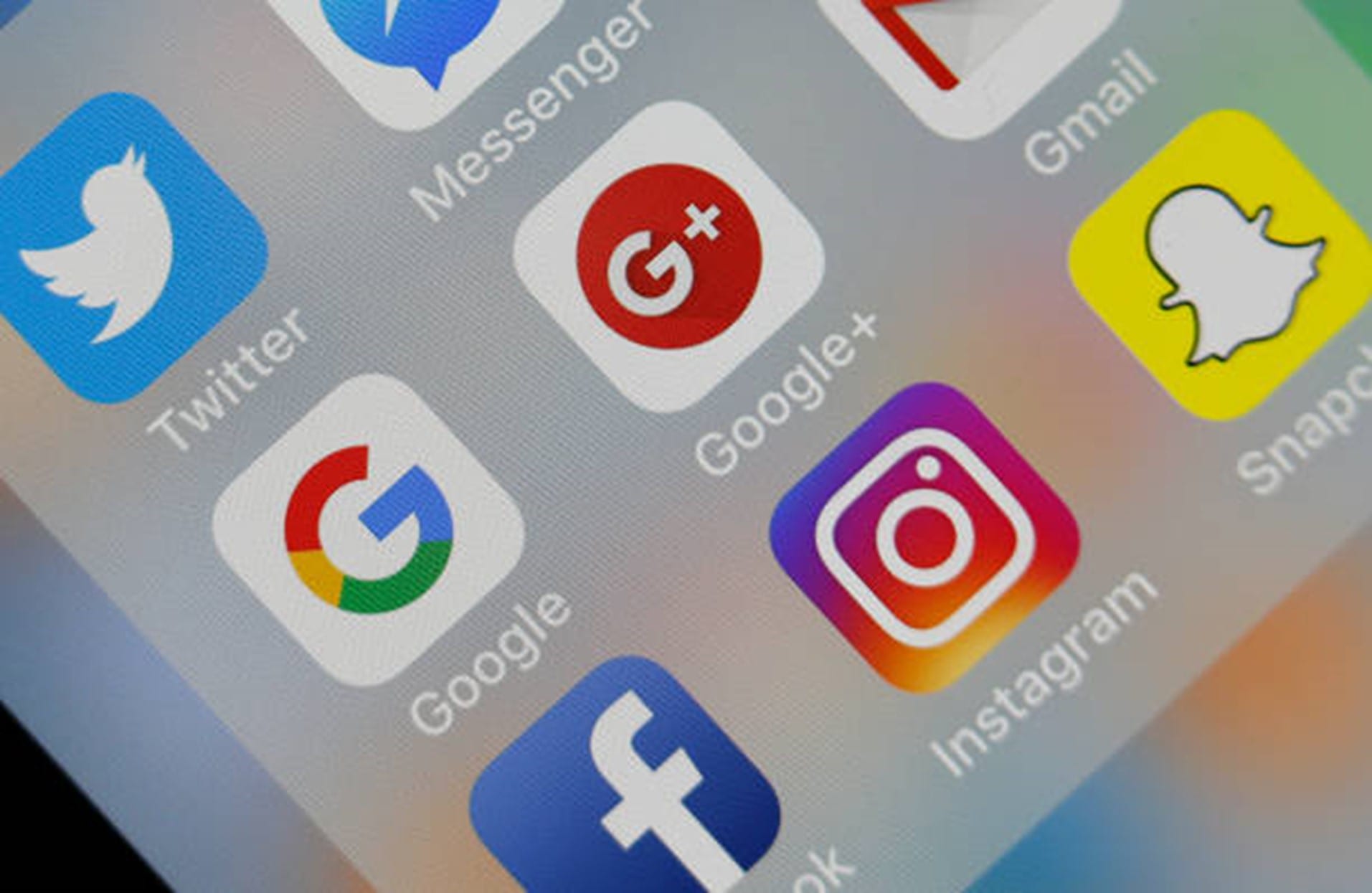6 Best Social Media Networks for Business



Social media has become the biggest hub for online business promotion in the world. Reaching out to clients within your neighbourhood, city, country, or even foreign customers is now easier than ever before in history. Social networks have optimised their operations for ads and brand promotion. Some like Facebook have opened up sections for shopping.
Furthermore, social networks have made it easier for customers and first-time buyers to interact with companies. Just dropping a message for a query or a clarification can get rid of any inhibition a potential customer might have. This is extremely advantageous to businesses that continuously experience drops in expected sales due to confusions and lack of marketing.
During COVID-19, these activities have been accelerated, and social networks are offering better options for business marketing than ever before. So here are 6 options for the best social media for business.
1. Facebook
Facebook is the largest social network on Earth, so naturally, it has the largest pool of users to sell to. Facebook’s 2.7 billion user pool has resulted in hundreds of thousands of businesses setting up pages.
Facebook already has an ad and post boosting feature for a few years now. Its messenger feature also allows individual customers to reach out to companies for questions. The messenger app also features bots and automated replies for certain questions.
The different bots in the Messenger app include:
- Ecommerce Chatbot
- Real Estate Chatbot
- Lead Generation Chatbot
- Beauty Salon Chatbot
- Dentist Chatbot
- Gym Chatbot
- Marketing Agency Chatbot
- Survey Chatbot
Facebook has also provided businesses with certain options, like selling their products directly on the platform. This is the shop section. You can practically sell anything online. The feature is not exclusive to big businesses either, with small business owners and sellers making up the bulk numbers.
Last but not least, Facebook provides its business users with relevant data of its customer base. You can segment your audience into different niches like age, gender, income, education, behaviour, etc. This helps a lot of businesses realise which demographics are interested in their products and/or services.
Facebook is, without a doubt, the first stop on any business’ list to advertise their products and services.
2. Instagram
Instagram is the second-largest social network by the number of users. With over 1 billion monthly active users, Instagram has become a hub for digital artists, influencers, models, and makeup-beauty vloggers. This is impressive, considering that Instagram is one of the younger social networks out there. Yet, it’s become a hub of the youth. Many old Facebook users have shifted to Instagram due to its cleaner interface and better controls.
This allows businesses which serve the youth or teenagers a great home for marketing. Another demographic that Instagram appeals to is the makeup and clothing industry and the grooming industry. Lipsticks, conditioners, eye-liner, moisturisers, and other hygiene based products are all marketed on the platform. After all, Kylie Jenner became the first Instagram billionaire by marketing her makeup line. She still gets thousands per post for her presence on the platform.
Businesses have the option to share their product and service ads through posts, ads, and even Stories. The latter is the best option to connect with the Instagram audience, especially with regards to discounts and promos. Stories are programmed to disappear within 24 hours; they are designed to serve limited time discount offers and deals.
Also, much like Facebook, Instagram has made it possible for certain businesses and brands to sell their products directly. Through Instagram Shopping, the site provides an immersive experience to customers.
3. Twitter
Twitter is often seen as a bottomless pit of cancel culture. However, it’s also a hotbed of celebrities and professionals. Nearly every major brand in the world, including restaurants and clothing lines, has a Twitter account. Even Apple has a Twitter account but hasn’t been active on it at all. Its main base comes from both men and women aged 18-49. While Twitter’s total audience is a fraction of what it is on Instagram and Facebook, it’s a constant hotbed of activity. Hundreds of millions of people post, favourite, and retweet on it every day. The platform is also constantly mentioned on various other social media sites and the news. It can influence people’s opinions on different brands, brand ambassadors, and products.
The character limit on Twitter, now raised to 280, is perfect for bite-sized advertisements, slogans, marketing jargon, etc. You need to be concise, interesting and convey all the information required in one tweet. You can also appeal to a broader audience than one most platform because of how uniform twitter is.
Twitter also has convenient controls for reposting and sharing posts or tweets. This allows businesses to share and re-share their ads and posts easily. Celebrity endorsements are also big on Twitter, specifically with regards to smartphones. Actors and actresses from all around the world have shared ads for Huawei, Samsung, and OnePlus phones on the platform.
4. LinkedIn
LinkedIn has nearly as many users as Twitter, but its core functions and use is entirely different. It was conceived as a job recruitment tool for the digital age, and it has successfully become that. However, it also allows users to share news, statuses, and take polls. That being said, most communities on LinkedIn focus on acquiring skills, talking about development in their industries, etc. Hence, the conversations fit into a specific niche that other social network posts, perhaps don’t.
This is a great opportunity for businesses that want to advertise their products and services for professionals. B2B content will play better here than perhaps any other social network. Since professionals and businesspersons congregate on this social network, they’ll be more interested in that content than normal people.
Finally, LinkedIn is a great tool to help companies connect and potential recruits. This has resulted in many communities and groups being formed on LinkedIn to discuss and partner up on different projects. Professionals occasionally live stream to talk about new technologies and developments in their fields.
Most likely, in the future, big mergers and partnerships will start on LinkedIn. Companies that are looking to grow should begin taking advantage of this network right now.
5. YouTube
Yes, it’s not a typical social network, but it has over 2 billion monthly active users. YouTube has become king when it comes to influencer and affiliate marketing. Millions of YouTubers have been courted by small businesses and brands as well as large businesses. As their audience grows, the YouTubers can charge more for sponsored videos or segments.
Vloggers like David Dobrik and Mr Beast consistently feature brands like SeatGeek, Honey, and even EA Games. They’ve been known to give away large cash prizes, gaming consoles, cars, houses, etc. Tech YouTubers have also found their niche and partner with digital companies like Google, Apple, OnePlus, Samsung, etc. Tech YouTuber MKBHD, perhaps the most famous in his niche, has consistently been sponsored by brands like DBrand, and NordVPN, etc.
However, while these big YouTubers have millions of subscribers each, and huge followings, smaller YouTubers also get sponsorships. Brands have sponsored small YouTubers with 100,000+ subscribers and even smaller sub counts. The idea is that a creator that has built up their audience from scratch is more trustworthy than any business.
Take the example of Dollar Shave Club. While it has employed an innovative advertising strategy with its commercials, it has also sponsored several YouTuber content creators. The same can be said about brands like Hello Fresh, Harry’s, Blue Apron, Audible, Skillshare, Lynda.com, Lootcrate, Crunchyroll, Movement Watches, and the list continues.
Brands have realised that audiences tend to listen to their favourite creators. In response to that, these brands have also loosened up on their requirements for specific ad copy. Audible, for example, has been a longtime sponsor of YouTuber Jackfsfilms, and allows him to advertise as he wants.
YouTube may be the best social network for business when it comes to niche brands and businesses.
6. Pinterest
Pinterest is still an untapped social network in terms of users and advertising. While it serves nearly 300 million users, it is mainly centred on visual content. It displays content from scarves and flowers, to infographics. Practically any company can find part of their niche on this social network. From clothing lines and undergarment stores to wedding planners and makeup brands, all can advertise here
You can use some graphic design magic to deliver some stats on Pinterest, which will get Pinned. That’s the social network’s lingo for sharing.
Another great discerner for Pinterest is that its audience is overwhelmingly female. Nearly 85% of its users are women or girls, and so it’s made specifically for them. So brands that serve women have a great opportunity to serve their niche audience.
Using these 6 great social networks, any brand or business can widen their audience and develop their marketing strategies. In the age of social media and the internet, these are currently the most promising networks to advertise through. Older marketing methods like print ads, television advertising, and even SMS-based ads don’t have nearly the same reach.






